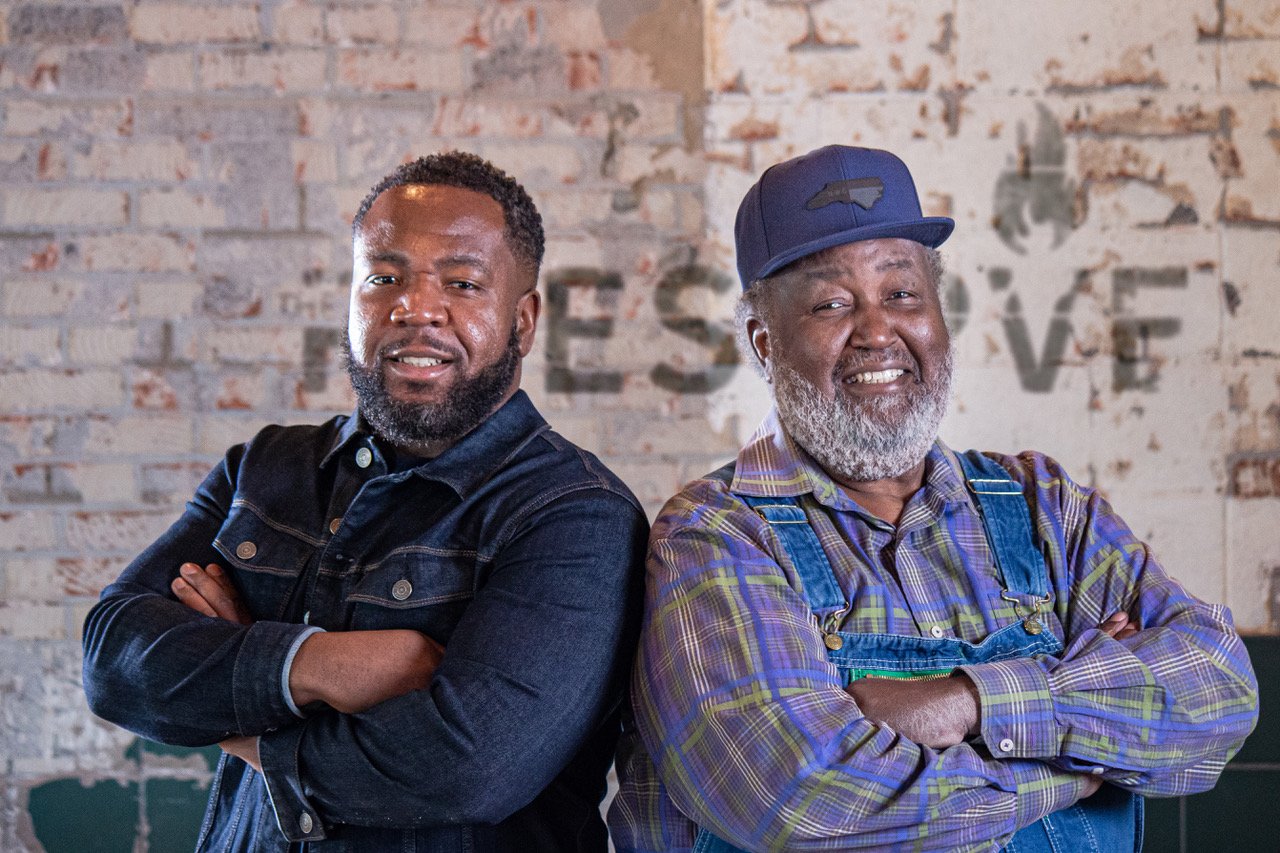An ACV a Day Keeps The Doctor Away
Carr's apple cider vinegar
Whether you’re looking to improve your health with a daily ACV (apple cider vinegar) shot, chug Bragg’s straight out of the bottle, “live” mother and all, apple cider vinegar has a firm place in many people’s daily regimens and recipes.
Wherever there’s an apple orchard, odds are there’s apple cider vinegar. Some of my favorites around the world are Pierre Gingras from Quebec, Cyril Zangs from Normandy, as well as Katz’s Gravenstein Apple Cider Vinegar and Little Apple Treats, both from Sonoma Country, the latter makes a bespoke designer brand for Pineapple Collaborative, affectionately called “The ACV”.
Then there’s Carr’s Ciderhouse in Hadley, Massachusetts, a real New England-y apple orchard that hits its stride in the autumn months, serving fresh hot apple cider and roasted chestnuts out of a little wooden shack in their Cider Garden … alongside some of the best apple cider vinegar around!
Carr's apple press
The couple’s first foray into making hard cider was back in 1999, when they “juiced a bunch of apples off a big tree that Jonathan’s grandmother planted in her front garden in Ireland,” but didn’t start making vinegars until years later. “As hard cider makers, cider vinegar was a natural addition to the products we make,” says Nicole Blum, who co-owns Carr’s with her husband Jonathan Carr. White Jersey, Golden Russet, Kingston Black, Goldrush, and Dabinett apples are pressed into brilliantly blonde juice, ready to be made into rich ciders, syrups and vinegars. After pressing the apples on their refurbished century-old Mount Gilead cider press, the couple follows the Orleans process of fermentation. Named for the French town of Orleans (home to Joan of Arc), a city that famously developed its own method of vinegar-making in the 16th century that involved fermentation in wood barrels, as opposed to the ceramics, or nowadays, stainless steel tanks.
They fill their barrels up with hard cider and leave them at room temperature for a few months, or until fermentation begins. Once it does, one-third of the vinegar is siphoned off and bottled, while an equivalent amount of hard cider is added back in. “We allow natural, wild fermentation,” Blum adds, “where it slowly ferments through the freezing New England winter; generally speaking, our cider takes about 6 months to finish fermenting to full dryness,” before they even start making vinegar with it! Now, with a wide range of apples, their vinegars are often, “a variable combination of apples from our orchards, with occasional special release of vinegars that have outstanding qualities,” says Blum. Their recently-released Special Reserve vinegar is aged for at least three years in which it develops a nutty sherry-like quality, “strong, deep and delicious,” says Blum.
What started as a cider company has now fully grown into the world of vinegar, extending into vinegar-based products like sweet-and-sour shrubs and gingery NA switchel drinks. As the weather cools down, I increase the amount of apple cider vinegar in my fire cider, because, as they say, an apple [cider vinegar] a day keeps the doctor away.



